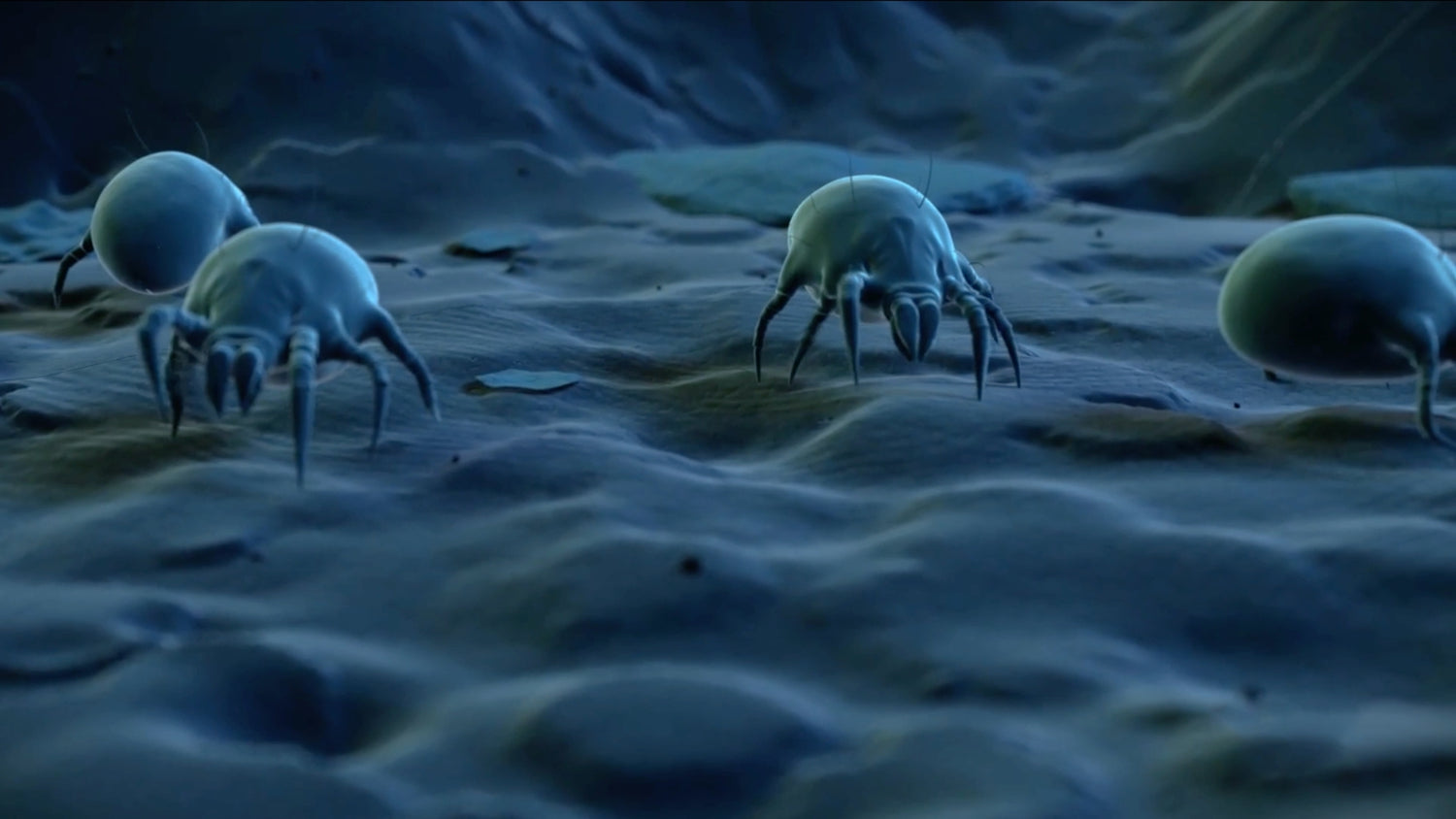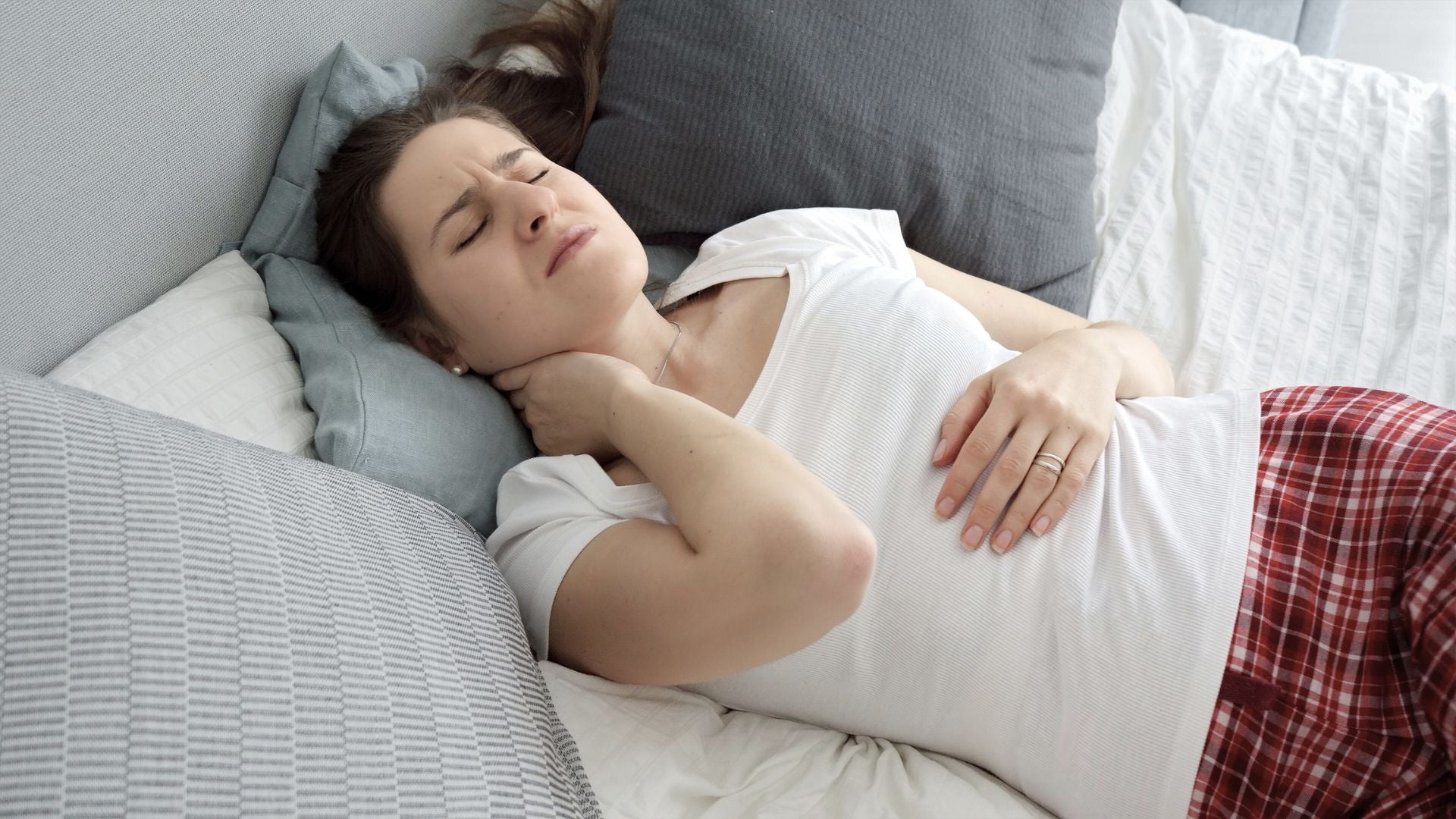Pillows are an essential part of our daily lives, providing comfort and support as we rest our heads at the end of a long day. However, as time goes by, these seemingly innocent fluffy companions can harbour a range of unpleasant surprises. In this blog post, we will delve into the nasty things that accumulate in old pillows, shedding light on the importance of regularly changing your pillows for a healthier sleep environment.
-
Accumulation of Allergens: One of the most common issues with old pillows is the accumulation of allergens. Over time, pillows collect dust mite droppings, dead skin cells, pet hair, pollen, and other airborne particles that can trigger allergies and respiratory problems.
-
Bacterial Breeding Ground: Old pillows can become a breeding ground for bacteria, especially when exposed to moisture from sweat and saliva. The combination of warmth and moisture creates an ideal environment for the growth of harmful microorganisms that can lead to unpleasant odours and even skin infections. This is what drives the weight increase in our pillows, they can double in weight every 3 years.
-
Dust Mite Infestation: Dust mites are tiny arachnids that feed on dead skin cells and thrive in the fibres of pillows. As pillows age, they become a cosy haven for these microscopic creatures, leading to a potential infestation. Each dust mite averages 20 droppings per night and with a minimum of 100 dust mites per pillow, it can quickly trigger allergies and asthma symptoms, making it crucial to address this issue for a healthier sleeping environment.
-
Mould and Mildew: Moisture, whether from spills, sweat, or high humidity, can lead to the growth of mould and mildew in old pillows (which is why you should never go to bed with wet hair). These fungi not only produce musty odours but can also pose serious health risks, especially for individuals with respiratory conditions.
-
Flattened and Ineffective Support: The filling in pillows, whether synthetic or natural, tends to break down over time, leading to a loss of support. Old pillows often become flat and lumpy, causing discomfort and inadequate spinal alignment during sleep. This can result in neck pain, headaches, and disrupted sleep. A good test for a synthetic pillow is to fold it in half and if it doesn’t instantly bounce back into shape, it is no longer good enough to support your head.
- Cool is King: On average we produce over 100 litres of sweat every year, that’s equivalent to a pint a night of sweat, mucus, oil and grease. It's what causes those unsightly stains on our pillows and a clear indication it's time to change. Pillows with built-in cooling effect helps reduce the amount of sweat we generate in our sleep and slow the growth of bacteria and dust mites.
While pillows may seem harmless, neglecting their maintenance can lead to a host of nasty issues. Regularly cleaning and replacing old pillows is crucial for maintaining a healthy sleep environment, preventing allergies, and ensuring optimal support for a restful night's sleep. Invest in new quality pillows every 2 years, adopt good hygiene practices, and enjoy a cleaner, healthier sleeping space. Your well-being and quality of sleep are worth the effort!



Leave a comment
This site is protected by reCAPTCHA and the Google Privacy Policy and Terms of Service apply.